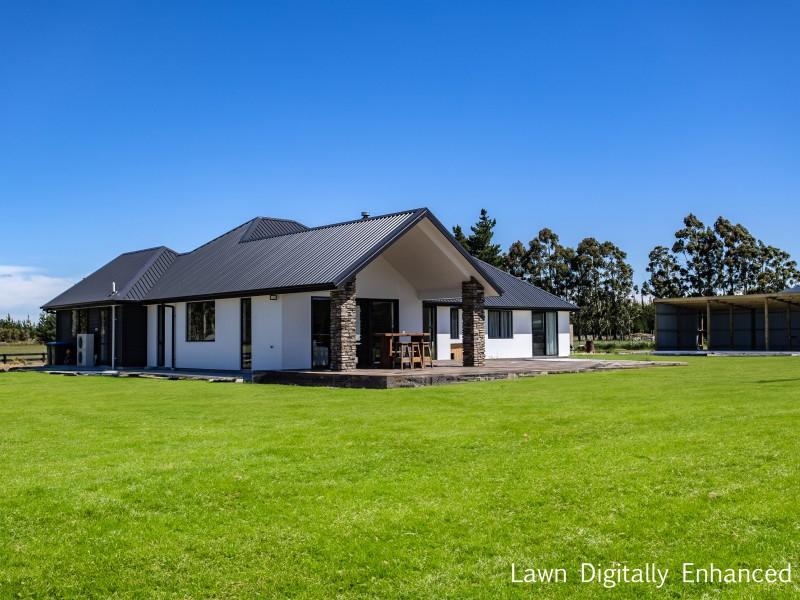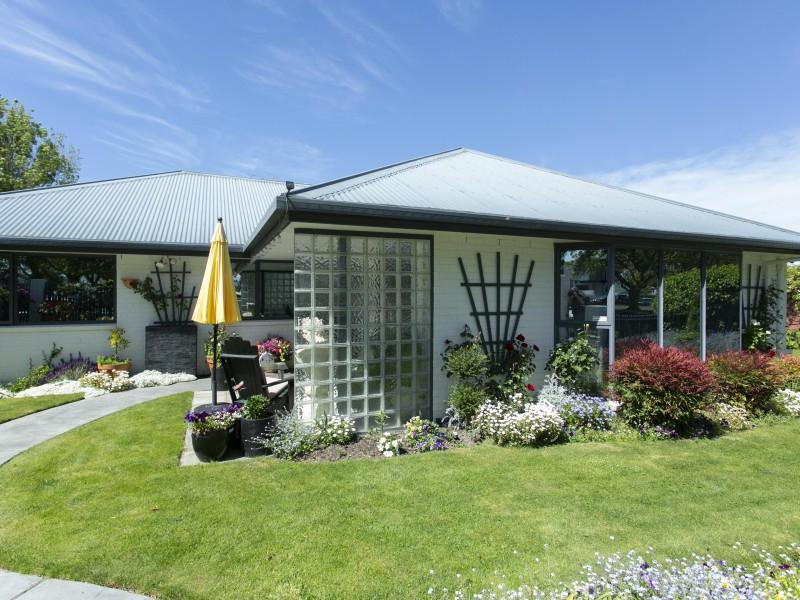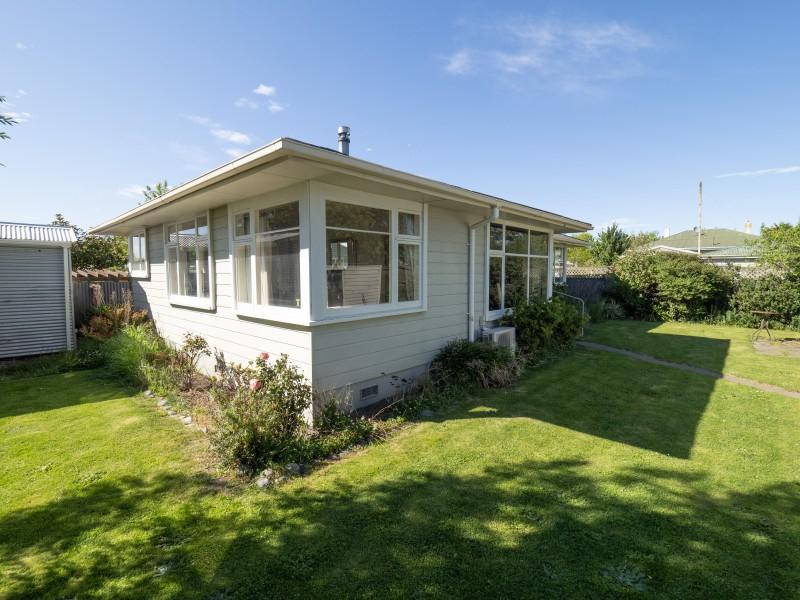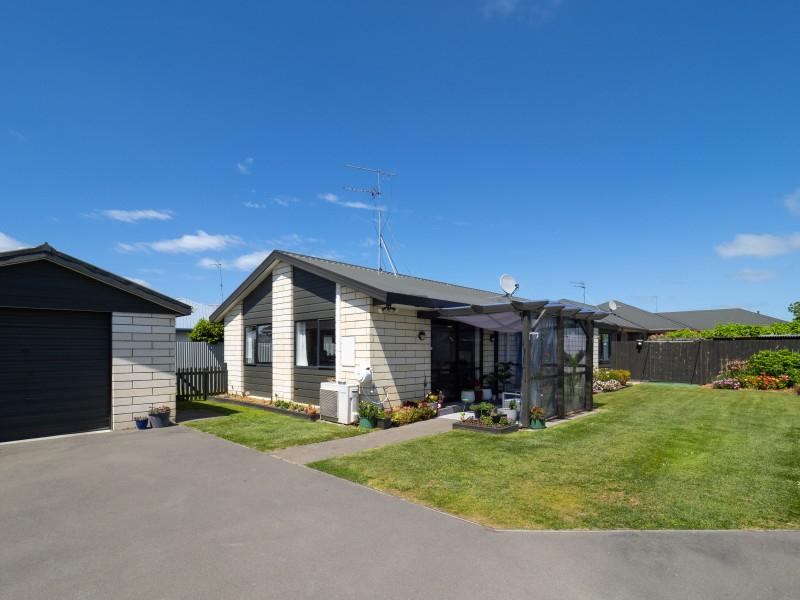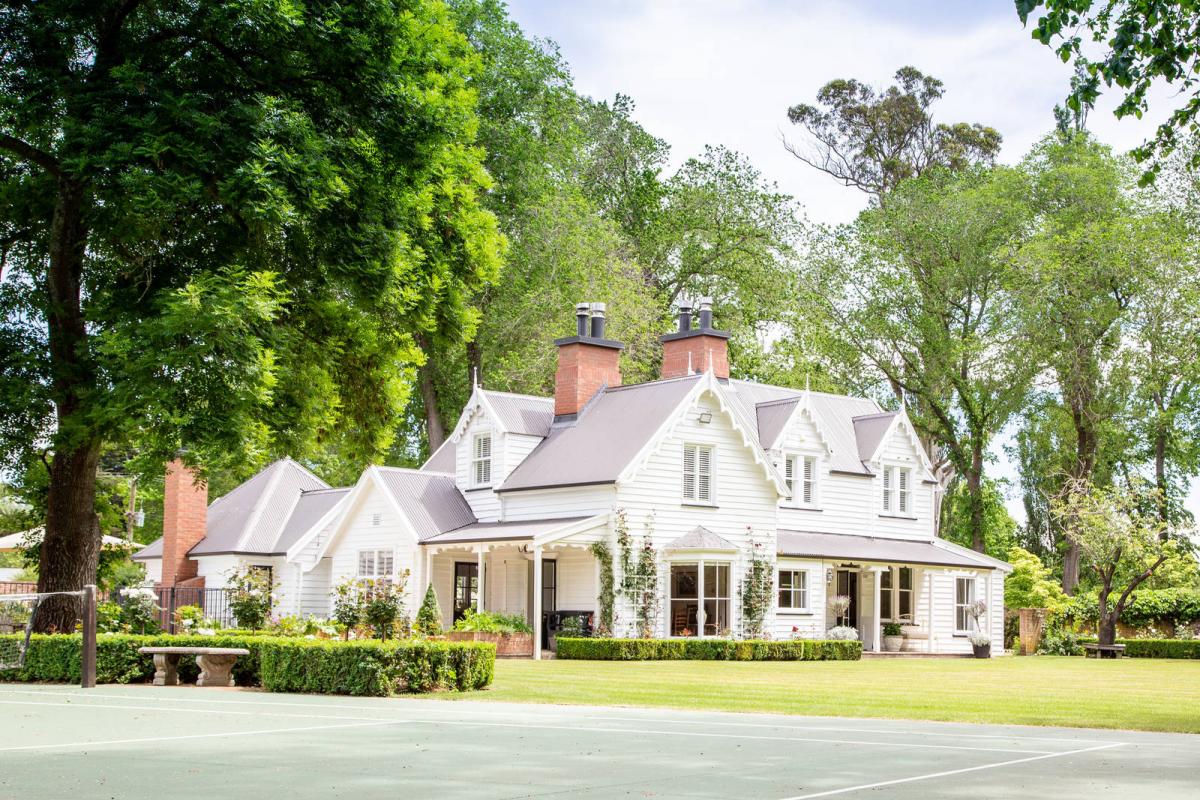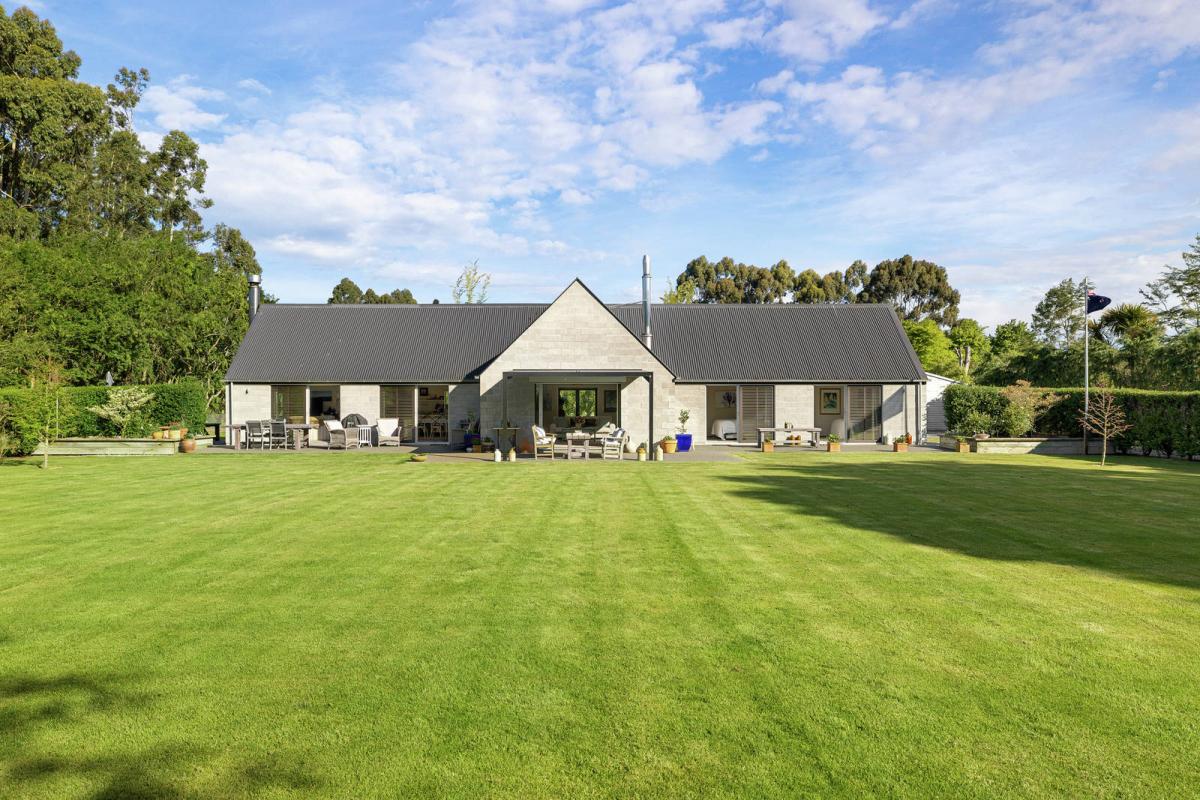Waimakariri council’s bid to create more affordable housing
By David Hill, Local Democracy Reporter
Councils need to work with the Government to help find solutions to the housing crisis, Waimakariri deputy mayor Neville Atkinson (pictured) says.
The Waimakariri District Council has backed a Greater Christchurch Partnership Housing Action Plan, which recommended eight immediate actions for councils to tackle the region’s housing shortage.
Atkinson said the plan encouraged councils to investigate a range of options including making council and Crown-owned land available as leasehold land for housing, and asking banks if they would offer loans for those developments.
‘‘We will be talking to the banks to see what they can do to support people on leasehold land.
‘‘We need to look at how does local government try to influence their decisions to make it easier for people to get into homes.
‘‘And how do we work with Government and local government and whether there is the possibility of releasing some Crown land for affordable housing.’’
Atkinson said the question of what is affordable housing also needed to be defined.
The councils wanted to explore what intensification of the housing market might look like and whether it was practical.
The Labour and National parties joined forces to pass the Resource Management (Enabling Housing Supply and Other Matters) Amendment Act in December 2021.
The legislation made medium density standards the default for large towns in high growth areas, such as Greater Christchurch.
But the National-led Government has indicated it will relax the legislation to offer more flexibility.
‘‘It is OK to say we are going to allow intensification from Kaitaia to Bluff, but there are many different things to think about along the way,’’ Atkinson said.
‘‘Every town is different and intensification on Colombo St looks a lot different from intensification on King St in Rangiora.’’
Other options included investigating ‘‘inclusionary zoning’’ to increase the supply of social and affordable rental housing.
Inclusionary zoning has been introduced in Queenstown and Waikato and is seen as ‘‘a game-changer’’.
The councils will also investigate what incentives could encourage the development of affordable housing, rebates for social housing (which are offered in Christchurch) and models like the Ōtautahi Community Housing Trust (Christchurch).
Atkinson said there has been enough talk and now is the time for action.
‘‘I want to see some changes instead of just yakking and I do believe this plan gives us the opportunity to do that.
‘‘And even within the partnership we can still be nimble to recognise the differences in each district.’’
The Greater Christchurch Partnership is a collaboration between the Christchurch City, Selwyn and Waimakariri District Councils,
Environment Canterbury, Te Rūnanga o Ngāi Tahu and Government agencies.
■ LDR is local body journalism co-funded by RNZ and NZ On Air.

Heritage gem or dangerous burden? Bowling club’s dilemma with historic pavilion
By David Hill, Local Democracy Reporter
A Rangiora sports club is frustrated with the increasing maintenance and insurance costs of its 113-year-old pavilion, which can't be demolished due to its historic importance.
The Rangiora Bowling Club approached the Waimakariri District Council last year for help, but was yet to find a satisfactory solution for the pavilion.
It is registered with Heritage New Zealand and listed in the Waimakariri District Plan, leaving the club with few options.
The club’s ex-president Norman Hewett said the pavilion on Good St, north of the town centre, is unsafe and no longer fit for purpose.
Hewett said the council has been supportive and Heritage New Zealand has offered advice, but no funding.
‘‘Everybody thinks the building is worth preserving, but there is a cost and it shouldn’t be put on the bowling club.
‘‘As far as we are concerned it is not fit for purpose and we want to know how we can get round that.
‘‘We want to know what the community thinks and if they want to retain it, are they willing to pay for it?’’
The club has formed a sub-committee to explore what options are available.
Sub-committee member Rodger Wilton said the club has been unable to find any record that the club had a say when the building was given heritage status.
Built in 1911, the pavilion served the Rangiora Bowling, Tennis and Croquet Club, which originally shared the site.
It cost 945 pounds and was opened on October 28, 1911.
The three clubs purchased 1.25 acres on the corner of Blackett and Good streets in April 1905, but later parted company, with tennis and croquet moving to new sites.
While no quotes have been sought, Hewett believed it would cost more than $1 million to bring the pavilion up to code.
Ideally the club would like to demolish the pavilion so it can upgrade its main building and remain on site.
The stairwell was non-compliant and there was no wheelchair access, meaning the club was unable to use the upstairs facilities.
There are loose tiles on the roof which need replacing.
An attached building behind the pavilion is sufficient to meet the needs of the 140 members and for hosting the largest bowls tournament in North Canterbury, Hewett said.
He said the club is open to all options, including a land swap or selling to a developer with the expertise to restore the pavilion.
Waimakariri District Council community and recreation manager Chris Brown said the council is working through various opportunities with the bowling club as part of a feasibility study.
‘‘There are a lot of options to consider. Each have various financial, social and operational implications.’’
Heritage New Zealand Pouhere Taonga said it had ‘‘expressed support for the adaptive reuse of the building and supported the club’s intention to investigate options for the pavilion and the associated land parcel’’.
The Rangiora Bowling Club is keen to hear the views of the community. Email rangiorabowling@gmail.com.
■ LDR is local body journalism co-funded by RNZ and NZ On Air.
Poll: Do you think NZ should ban social media for youth?
The Australian Prime Minister has expressed plans to ban social media use for children.
This would make it illegal for under 16-year-olds to have accounts on platforms including TikTok, Instagram, Facebook and X.
Social media platforms would be tasked with ensuring children have no access (under-age children and their parents wouldn’t be penalised for breaching the age limit)
.
Do you think NZ should follow suit? Vote in our poll and share your thoughts below.

-
84.6% Yes
-
14% No
-
1.4% Other - I'll share below
It’s Riddle Time – You Might Need an Extra Cup of Coffee!
Nobody has ever walked this way. Which way is it?
Do you think you know the answer to our daily riddle? Don't spoil it for your neighbours! Simply 'Like' this post and we'll post the answer in the comments below at 2pm.
Want to stop seeing riddles in your newsfeed?
Head here and hover on the Following button on the top right of the page (and it will show Unfollow) and then click it. If it is giving you the option to Follow, then you've successfully unfollowed the Riddles page.

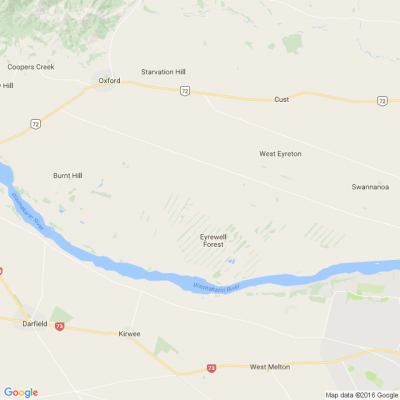
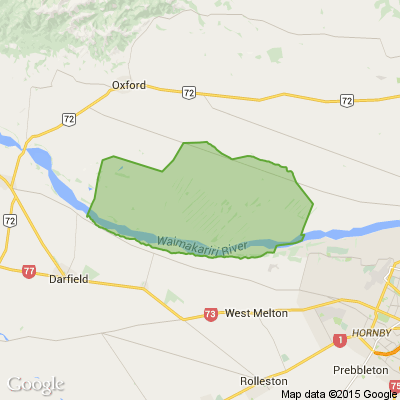







 Loading…
Loading…